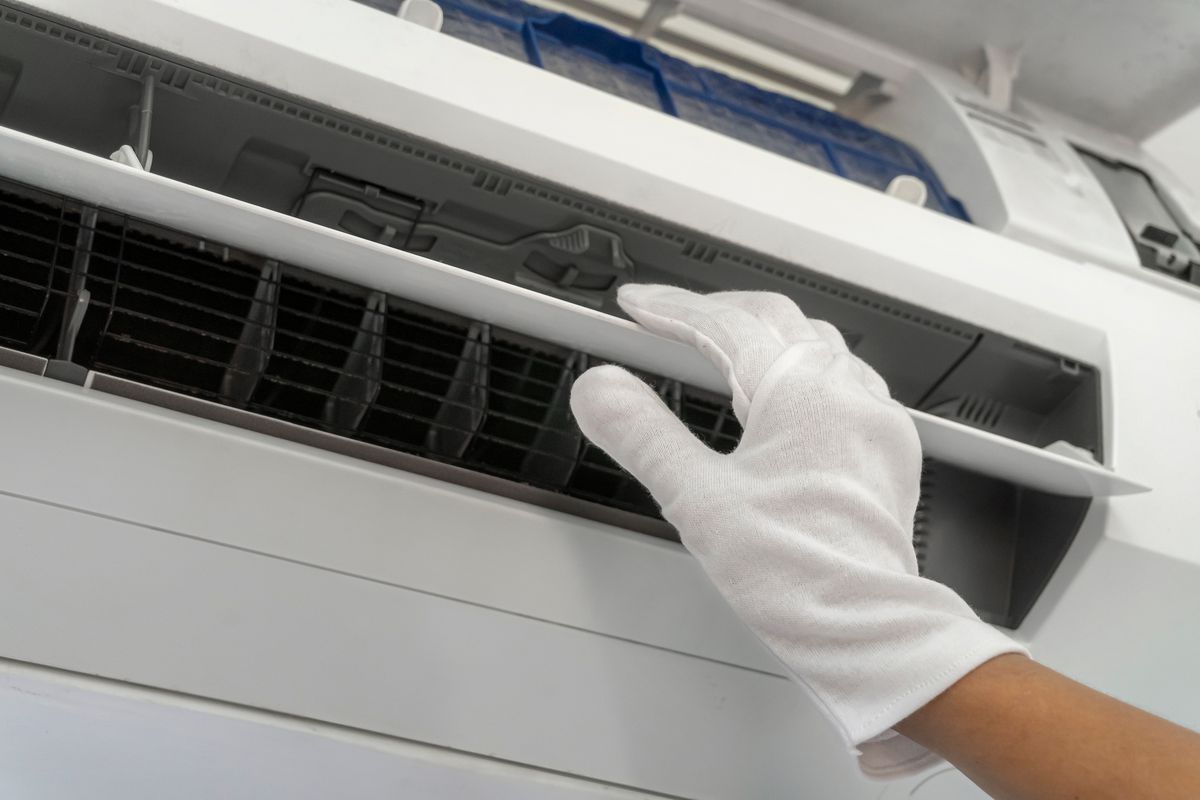Mold can be a persistent problem in many homes, causing not only unsightly stains but also potential health hazards. When faced with a mold issue, it’s crucial to address it promptly and effectively. Mold treatment involves thorough cleaning and removal of mold spores to prevent regrowth and ensure a healthy indoor environment for you and your family.
Mold thrives in damp and humid environments, making areas such as bathrooms, basements, and attics particularly susceptible to mold growth. However, mold can also infiltrate your HVAC (Heating, Ventilation, and Air Conditioning) system, spreading throughout your home and exacerbating the problem if not addressed properly.
The Role of HVAC Systems in Mold Prevention

Your HVAC system plays a significant role in maintaining indoor air quality and regulating humidity levels. However, if your HVAC system becomes contaminated with mold spores, it can spread the mold throughout your home, posing serious health risks to you and your family.
Mold contamination in HVAC systems can occur due to various factors, including moisture buildup in air ducts, condensation on coils, and improper drainage in the system. Once mold takes hold in your HVAC system, it can be challenging to eradicate, requiring thorough cleaning and disinfection to prevent recontamination.
Assessing the Effectiveness of Mold Treatment
Before restarting your HVAC system after mold treatment, it’s crucial to assess the effectiveness of the remediation process. This involves verifying that the affected areas have been thoroughly cleaned and treated to eliminate mold spores and prevent regrowth.
Professional mold remediation specialists use a variety of techniques to treat mold infestations, including HEPA vacuuming, antimicrobial treatments, and encapsulation to seal surfaces and prevent mold from returning. However, it’s essential to ensure that these methods have been applied correctly and that no traces of mold remain before restarting your HVAC system.
Checking for Residual Mold in the HVAC System
Mold can infiltrate various components of your HVAC system, including air ducts, filters, and coils. Even after mold treatment, there may be residual mold spores lingering in these areas, waiting to be circulated throughout your home once the system is turned on.

To prevent recontamination, it’s essential to inspect the HVAC system carefully and address any areas where mold may be present. This may involve visually inspecting ductwork for signs of mold growth, checking filters for debris and moisture, and cleaning coils to remove any accumulated mold or dirt.
In some cases, it may be necessary to hire a professional HVAC technician to thoroughly clean and sanitize the system to ensure that it is free of mold contamination. They can use specialized equipment and cleaning agents to remove mold spores from hard-to-reach areas and prevent them from spreading further.
Implementing Preventive Measures
To prevent future mold growth and ensure the long-term effectiveness of mold treatment, it’s essential to implement preventive measures in your home. This may include:
- Regular HVAC maintenance: Schedule routine inspections and maintenance for your HVAC system to keep it running efficiently and prevent mold growth. This includes changing air filters, cleaning ducts, and ensuring proper drainage to prevent moisture buildup.
- Controlling indoor humidity levels: Keep indoor humidity levels below 60% to prevent mold growth. Use dehumidifiers in damp areas such as basements and bathrooms and ensure proper ventilation to allow moisture to escape.
- Insulating and sealing ductwork: Insulate and seal ductwork to prevent condensation and moisture buildup, which can lead to mold growth. This helps maintain a healthy indoor environment and prevents mold from spreading through the HVAC system.
- Installing UV germicidal lights: Consider installing UV germicidal lights in your HVAC system to kill mold spores and other airborne pathogens. These lights help sterilize the air passing through the system, improving indoor air quality and reducing the risk of mold contamination.
By implementing these preventive measures, you can reduce the risk of mold growth in your home and ensure the effectiveness of mold treatment in your HVAC system.
Monitoring Indoor Air Quality

After restarting your HVAC system, it’s essential to monitor indoor air quality to ensure that mold contamination has been effectively addressed. This may involve using air quality monitors to measure humidity levels, temperature, and the presence of airborne mold spores.
If you notice any signs of mold growth or experience symptoms such as coughing, sneezing, or respiratory problems, it’s essential to investigate further and address any underlying issues promptly. This may involve reevaluating your HVAC system, conducting additional mold testing, or consulting with a professional indoor air quality specialist.
Educating Yourself About Mold Prevention
Preventing mold growth in your home requires ongoing diligence and education. Take the time to learn about common causes of mold growth, such as excess moisture, poor ventilation, and water leaks, and take steps to address these issues proactively.
Educate yourself about the signs of mold infestation and how to identify areas where mold is likely to occur, such as around plumbing fixtures, in basements, and behind walls. By staying informed and proactive, you can reduce the risk of mold growth and maintain a healthy indoor environment for you and your family.
Seeking Professional Assistance

If you’re unsure about how to address mold contamination in your HVAC system or if you suspect that mold may be present in your home, don’t hesitate to seek professional assistance. Mold remediation specialists and HVAC technicians have the knowledge, experience, and equipment to assess the situation accurately and implement effective solutions.
A professional assessment can help identify the extent of mold contamination, determine the best course of action for remediation, and ensure that your home is safe and healthy for occupancy. Don’t hesitate to reach out for help if you need it – your health and well-being are worth it.
Conclusion
Turning on your HVAC system after mold treatment requires careful consideration and preparation to prevent recontamination and safeguard your indoor air quality. By assessing the effectiveness of mold treatment, checking for residual mold in the HVAC system, implementing preventive measures, and monitoring indoor air quality, you can ensure a healthier and more comfortable living environment for you and your loved ones.
Don’t overlook these crucial steps before firing up your HVAC system and breathe easy knowing that you’ve taken the necessary precautions to combat mold contamination. With proper attention and care, you can enjoy clean, fresh air in your home and reduce the risk of mold-related health issues now and in the future.






GIPHY App Key not set. Please check settings